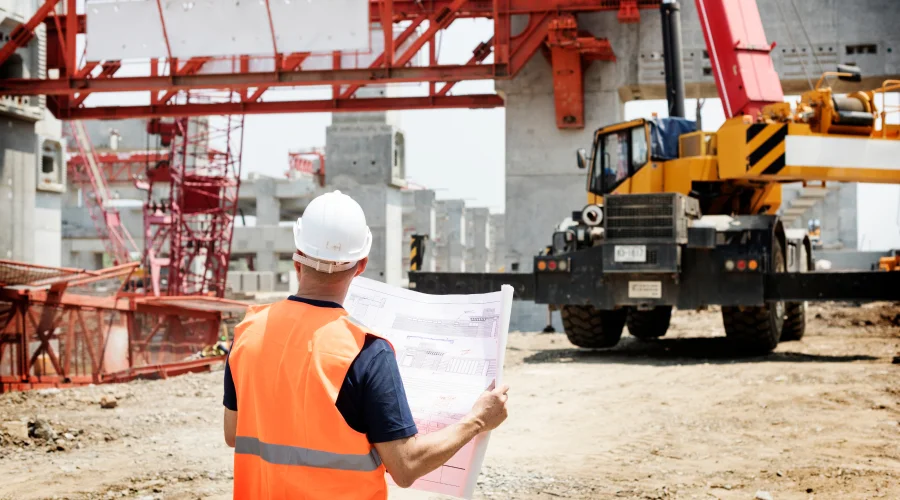
What is Building Information Modeling?
Building Information Modeling (BIM) is an innovative advancement in the architecture, engineering, and construction (AEC) industries. It involves the use of intelligent objects that contain detailed information about themselves and their relationship with other objects in the building model. BIM has gained significant popularity among the world’s leading AEC firms, who have transitioned from drawing-based CAD technologies to utilizing BIM for almost all their projects.
BIM is not only a technological transformation but also a process transformation. This intelligent object-based representation of buildings not only transforms the creation of building drawings and visualizations but also significantly changes all the essential processes involved in constructing a building.
Definition of Building Information Modeling
The National BIM Standard-United States (NIBMS-US) defines Building Information Modeling as a digital representation of a building facility’s physical and functional characteristics. BIM provides a shared knowledge base of information about the building facility and its lifecycle, facilitating reliable decision-making by all stakeholders throughout the project lifecycle.
BIM enables all stakeholders involved in a project, from architects to surveyors, engineers, contractors, and building owners, to use the same shared 3D model. This ensures that everyone has access to relevant information at the appropriate moment during the project’s design and construction phase.
Tools to support Building Information Modeling
Autodesk’s Revit, Bentley System, ArchiCAD, Vectorworks, Tekla Structures, AutoCAD – Based Applications, Autodesk’s Navisworks, SketchUp, BIM 360, Graphisoft, Autodesk Civil 3D, Trimble
Benefits of Building Information Modeling
Employing BIM technology has several advantages, leading to significant improvements throughout the AEC industries, including the following benefits:
1. Benefits of BIM in Preconstruction for Owners
- Concept, Feasibility, and Design Benefits:
Before engaging an architect, it is necessary for owners to determine whether a building of the desired size, quality, and program requirements can be constructed within a given cost and time budget. BIM facilitates this process by allowing for careful evaluation of proposed schemes, ensuring they meet the building’s functional and sustainable requirements.
- Increased Building Performance and Quality:
By developing a schematic model prior to creating a detailed building model, BIM enables a more careful evaluation of the proposed scheme, ensuring it meets the building’s functional and sustainable requirements, resulting in increased building performance and quality.
- Improved Collaboration Through Integrated Project Delivery:
BIM can be employed by the project team from the outset of the design process to improve their understanding of project requirements, leading to improved collaboration and project outcomes.
2. Benefits of Design
- Quicker and More Precise Visualizations of Design:
BIM software generates a 3D model directly, eliminating the need for multiple 2D views.
- Automated Corrections for Design Changes:
Parametric rules ensure that objects in the design are aligned properly, eliminating geometry, alignment, and spatial coordination errors in the 3D model.
- Consistent 2D Drawings at Any Design Stage:
BIM technology can extract accurate and consistent drawings for any set of objects or specified view of the project, reducing errors and time associated with generating construction drawings.
- Early Collaboration Across Design Disciplines:
BIM enables multiple design disciplines to work simultaneously, identifying and resolving design issues early on and allowing for continuous improvement.
- Verification of Design Intent Consistency:
BIM provides early 3D visualizations and quantifies material quantities, allowing for more accurate cost estimates and easier verification of design intent.
- Cost Estimates Extracted During Design Stage:
BIM technology can extract an accurate bill of quantities and spaces at any design stage for cost estimation.
- Improved Energy Efficiency and Sustainability:
By linking the building model to energy analysis tools, BIM enables evaluation of energy use during early design phases, leading to improved energy efficiency and sustainability.
3. Benefits of Construction and Fabrication
- Fabrication Based on Design Model:
If the design model is transferred to a BIM fabrication tool and detailed to the level of fabrication objects, it provides an accurate representation of building components for fabrication and construction.
- Quick Response to Design Changes:
The impact of a suggested design change can be entered into the building model, and changes to other objects in the design will automatically update.
- Discovery of Design Errors and Omissions before Construction:
BIM eliminates design errors caused by inconsistent 2D drawings, and allows for comparison and identification of multisystem interfaces, conflicts, and constructability problems before construction begins.
- Synchronization of Design and Construction Planning:
BIM’s 4D CAD allows for simulation of the construction process, providing insight into the building’s construction day-by-day and revealing potential problems and opportunities for improvement.
- Improved Implementation of Lean Construction Techniques:
BIM’s accurate model of the design and required material resources enables improved planning and scheduling of subcontractors, ensuring just-in-time arrival of people, equipment, and materials.
- Synchronization of Procurement with Design and Construction:
BIM’s complete building model provides accurate quantities and specifications for materials and objects in the design, facilitating procurement from vendors and subcontractors.

